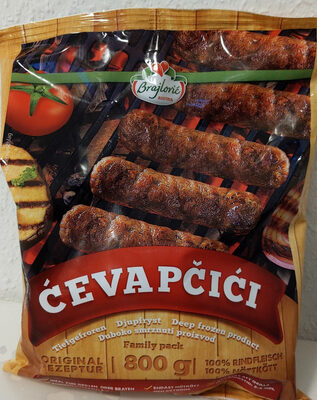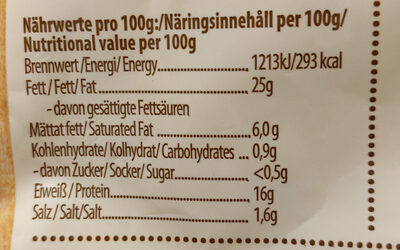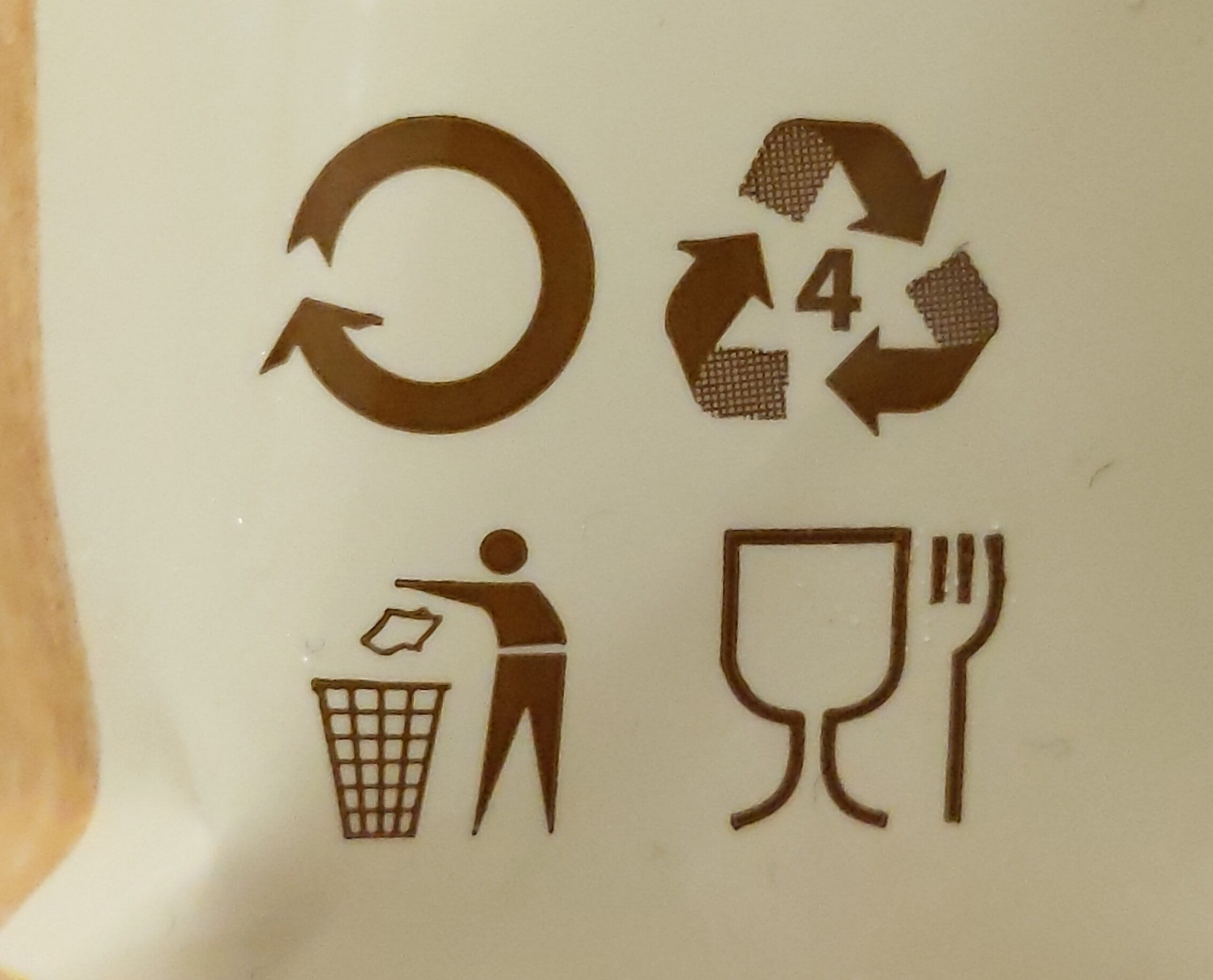Ćevapčići - Brajlovic - 800g
Barcode: 9120018530229 (EAN / EAN-13)
Quantity: 800g
Packaging: Plastic
Brands: Brajlovic
Categories: Meats and their products, Beef and its products, Frozen foods, Meats, Beef, Frozen meats, de:Gegrillte Röllchen
Origin of ingredients: Austria
Manufacturing or processing places: Österreich
Link to the product page on the official site of the producer: http://www.brajlovic.at
Matching with your preferences
Report a problem
Data sources
Product added on by kiliweb
Last edit of product page on by atnoin.
Product page also edited by ecoscore-impact-estimator, openfoodfacts-contributors, prepperapp, telperion87, yuka.sY2b0xO6T85zoF3NwEKvlkJIbIHYqT-bMU3upRCnxdKwJKXMfYxD5bnrMKs, yuka.sY2b0xO6T85zoF3NwEKvllNoTd-GpwnlHEPhp0ub-4ioBZ7NYPJr7oPVY6s, yuka.sY2b0xO6T85zoF3NwEKvlmxtcOfug2LpbCDupFPTxvqqcJL0f4tx2KGqHqo, yuka.sY2b0xO6T85zoF3NwEKvlnJGadHuhwnqZhzUsBDU4uvTNsLaMYtt3KLULKg, ziyal.












